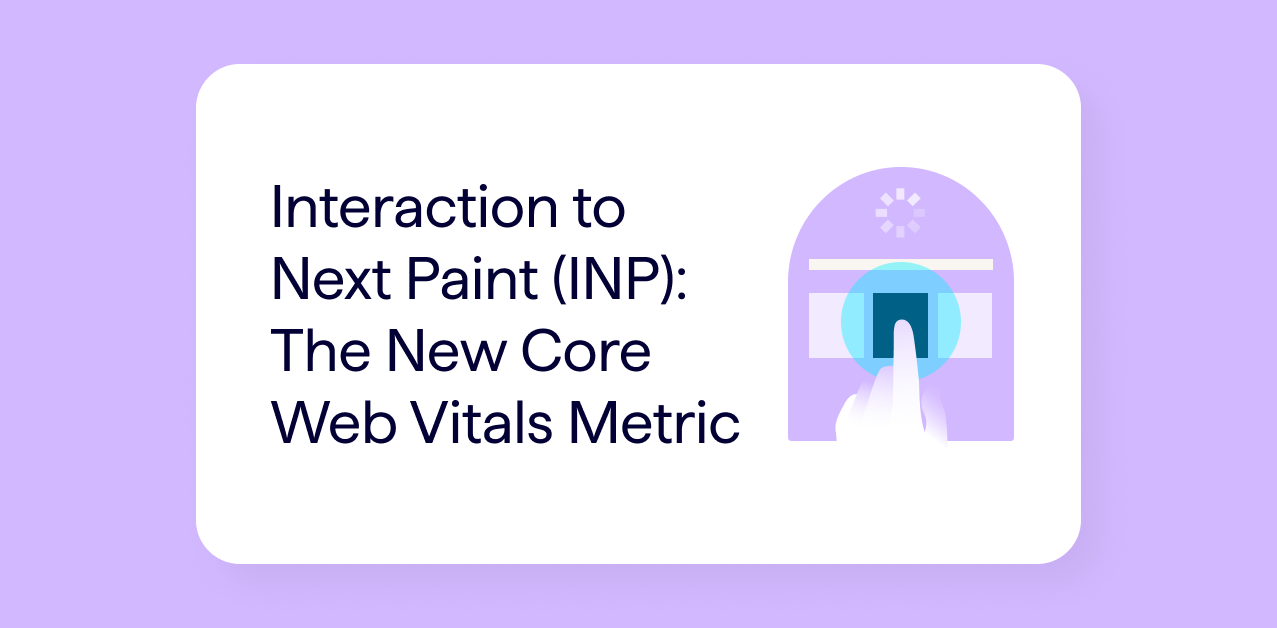The homepage is frequently one of the most visited pages on any eCommerce website and is your online storefront, giving customers information about who you are and what your site sells. This gives your homepage particular importance to get right, both for customers and SEO.
But frequently the homepage is overlooked for SEO; below we run through some of the key areas to get right on your eCommerce homepage.
Make it clear what you sell
Would somebody that doesn’t know your brand, understand quickly and clearly what is sold on the site?
Often the answer is probably not. Using your above-the-fold assets to clearly indicate what your site sells will make it easy for customers to know they are in the right place for their purchase intent, making them more likely to stay on your site and hopefully convert.
When working on a site frequently, it’s easy to lose sight of what is conveyed from the perspective of someone that doesn’t often visit. In some user experience tests, people are given 5 seconds to determine what the purpose of a page is – if your homepage doesn’t make it clear what you stock and sell within these 5 seconds, it may need reviewing.
Making your homepage immediately understandable for customers can lead to increased dwell times or your website, lower bounce rates since customers know they are in the right place for their intent, and a greater likelihood of conversion – what every eCom site aims for customers once they are on a site.
However, these factors are also likely to help increase and maintain better rankings in search engines, as it is clear that the site is accurately serving the user. This, therefore, increases the site’s visibility as well, a win-win for an eCommerce site.
Link to key commercial pages
Homepages generally have a lot of traffic and a lot of referring domains relative to other areas of a site. This gives the homepage a lot of internal authority it can pass on to pages that are linked to.
Ensuring that core pages that you want customers to visit and that you want to help to rank in Google are linked to from the body of your homepage can give them a massive boost. For example, if you want to rank for “outdoor bbqs” as a priority for your site, ensure that you’re linking to the category page for outdoor barbeques.
Make internal anchor text specific
It’s not just internal linking that counts. Getting clever with the anchor text you use to link to internal pages gives search engines context about those pages and helps you to rank for the terms that you are targeting.
So where possible, replace generic anchor text, such as “Read More” or “Shop Now” with specific anchor text such as blog titles, or “Shop [Category]”.
Keep your homepage crawlable
Making sure search engines can see and easily understand what your homepage is showing is crucial to ranking well for the terms you want to target. This comes in many different forms:
Reduce content served using JavaScript
Ensuring most of your content is served as standard HTML can help to ensure that search engines can quickly as easily understand your homepage. Whilst JavaScript can be very useful in a lot of cases, the fact that search engines must render the content to understand what is being shown can be detrimental to the site due to the additional resource taken to render JavaScript. In addition, not all search engines can adequately render JavaScript, so there’s no guarantee all search engines will be understanding your homepage.
Images & videos
Images and videos absolutely have their place to make a homepage an enticing and engaging place for customers. However, it should be considered that search engines generally find it more difficult to understand the context of these formats.
If you’re using multiple images on a page that have text as part of the image, search engines may not be understanding the full context of those images (even with appropriate alt attributes). The best way to ensure that search engines can understand your assets is by serving them as HTML.
Target broader keywords
Your homepage doesn’t just have to be your shop-front however and can itself be used to target broader keywords that encapsulate all of the other categories and types of products that your eCom store may sell. For example, if you had a website that sold vegan clothing, you can use your homepage to target this, with categories used to target more specific terms.
Homepage – Men’s Vegan Clothing
Category 1 – Men’s Vegan T-Shirts
– Subcategory – Men’s Black Vegan T-Shirts
Category 2 – Men’s Vegan Trousers
This way, rather than repeating the targeting of your categories on the homepage, your homepage is targeted towards relevant keywords in its own right and it clearly describes what is available to buy on the site.
Use your H1
The primary heading on a page is a great signal to search engines about the context of a page and your homepage is no different. However, with so much else to include on a homepage, this is often neglected.
The H1 of your homepage should be text because it’s easy to crawl and should reiterate the purpose of the site, similar to your page title.
Keep images lean and optimized
Homepage images are often the most neglected in terms of optimization, driven by frequently changing areas of focus including sales and seasonality. However, as your homepage is frequently one of the most visited pages on any given site, you want to make sure images are as streamlined as possible to ensure it’s optimized for search engines and has a good user experience! This includes:
- Make sure images are uploaded at the correct dimensions to be displayed on site so they don’t have to be resized by HTML or CSS.
- Make sure images are compressed to reduce file size
- Consider the image format – PNGs tend to have larger file sizes than JPGs. Next-gen image formats often have much lower files sizes and very little (if any) compromise on quality.
Consider page experience
Google has placed considerable emphasis on-page experience recently, with the rollout of the Core Web Vitals and a Google Search Console report to match. The areas of Google’s focus include:
- Mobile-friendliness
- Cumulative Layout Shift
- First Input Delay
- Largest Contentful Paint
- HTTPS
- Security Issues
- Intrusive Ads
These should be paid particular attention to and tracked in Google Search Console to ensure your homepage is passing these tests to the best possible standards.
However, Google’s docs on-page experience is indicative of a wider consideration which is the experience of your customers in general. Ensuring your homepage ticks a box for Google is of course vital for SEO, however, there are many other experience factors that Google is not measuring that any eCommerce site should consider.
The homepage of your website is your shopfront and should be treated as such. Ensuring that your customers can easily achieve their goals on your site is key to keeping them on your site, making sure they want to revisit and are more likely to convert. Consider if elements that can detract from a customer’s intent are worthwhile, for example, email sign-ups as soon as a customer lands on your site, excessive customer support notifications, large overlays (which Google also recommends against).
There is no 100% right way to present a homepage, and often other channels require certain features, however, it’s always worth balancing these with customer experience which we know Google is taking an ever-increasing interest in for SEO purposes.
Want to learn more about SEO in eCommerce? Get your free copy of our How SEO and UX will help you drive growth in eCommerce eBook





